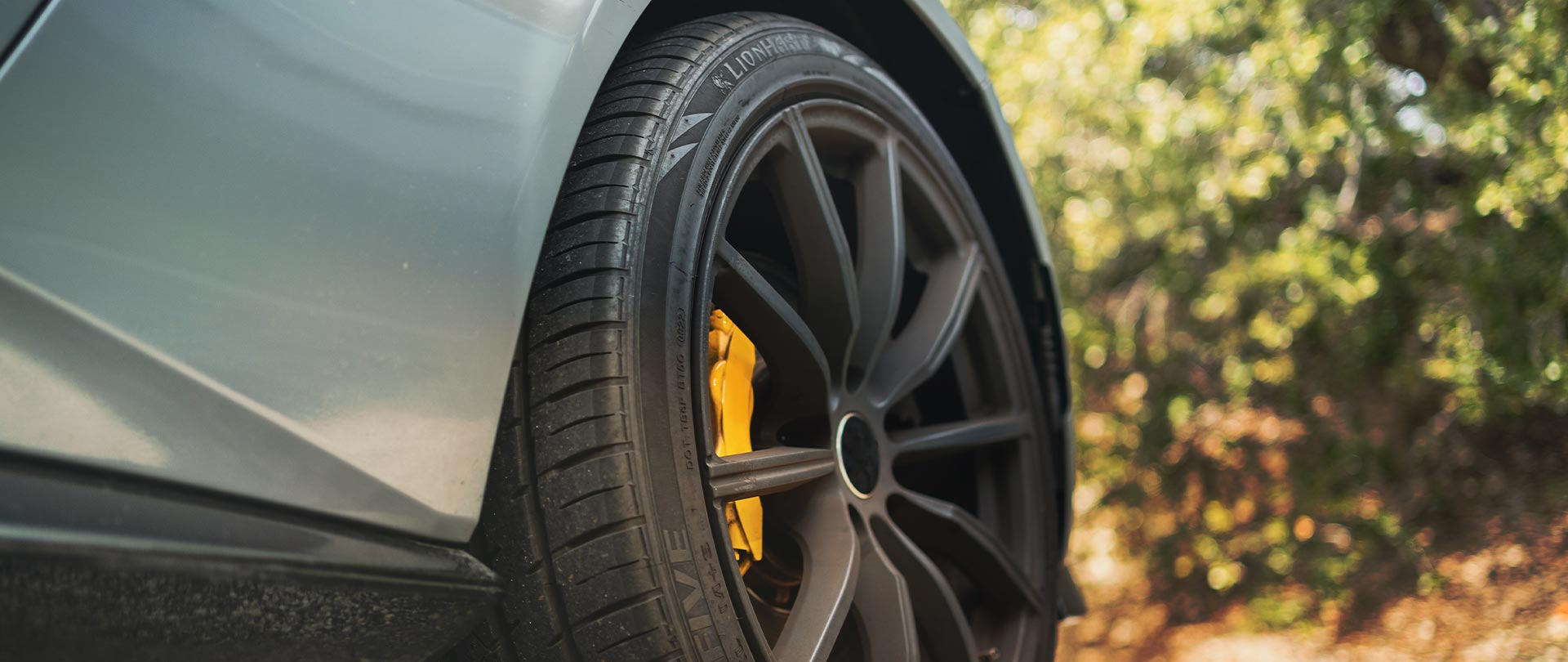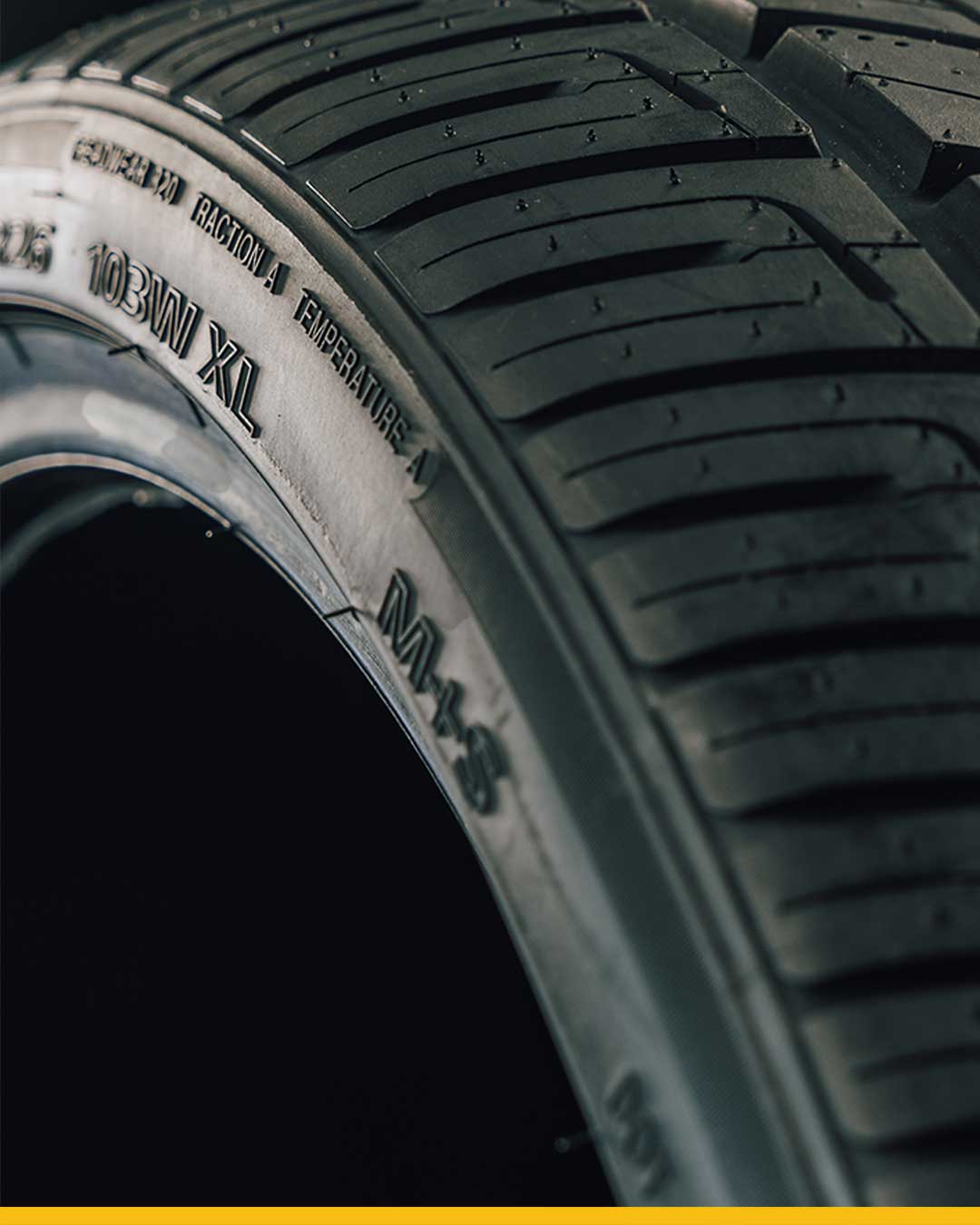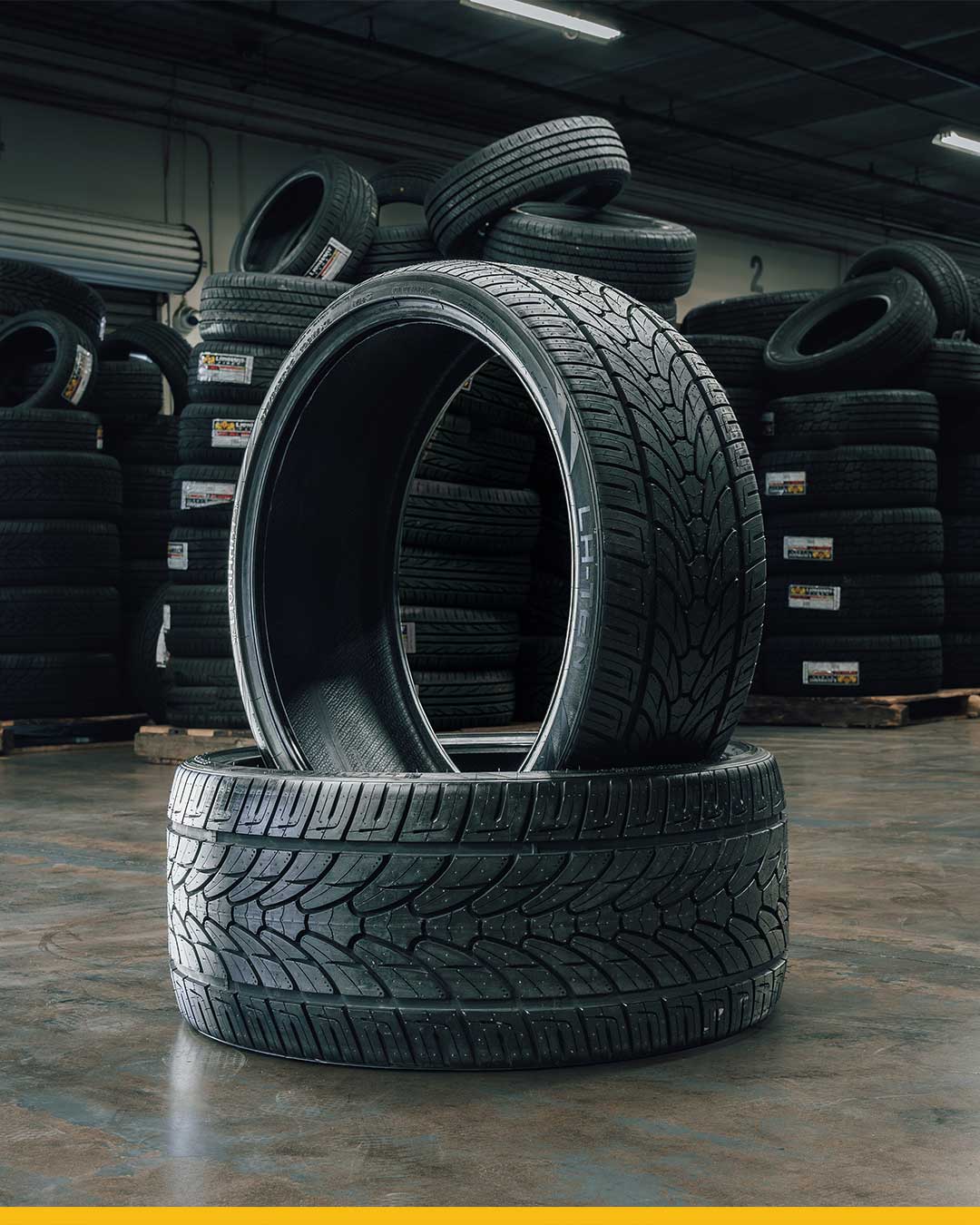Safety Tips When Driving in the Rain
Driving in wet weather conditions can be one of the most difficult driving situations drivers encounter. Whether it’s a light sprinkle or a heavy downpour, it is important to be prepared. Nearly 1.2 million traffic accidents occur each year due to rainy conditions. Regardless of where you live, it is very likely that you will be faced with the challenges of driving in the rain. Therefore, knowing how wet roads and reduced visibility affects the way your vehicle performs will help you stay safe in wet weather conditions.
Here are some helpful tips to help you prepare and keep you safe when driving in the rain:
How To Prepare For Rainy Driving Conditions
Before getting on the road, check on the condition of your vehicle and tires.
Tire Air Pressure
Tire Air Pressure: Tire air pressures that are too high, or too low, can lead to significantly reduced traction. Additionally, it can also cause premature tread wear and tire failure. Tire pressure should be checked regularly to maintain proper inflation levels. This check should be performed at least once per month. To learn more, check out our guide on proper tire maintenance.
Tire Tread Depth
Tires are often an overlooked safety feature. Tires should have plenty of tread depth to evacuate standing water from the road surface and the tire itself. If your tires are showing signs of wear, it’s time to replace them. To learn more, check out our guide on how to measure tread depth.

Headlights
Being seen is just as important as being able to see. Turning your headlights on while driving in the rain ensures other drivers can see you. Before hitting the road, check to make sure both of your vehicle’s headlights are functioning properly. It’s important to note that you should use the full headlight system and not just the DRLs (Daytime Running Lights) in wet road conditions. With only the DRLs active, the vehicle’s rear taillights will not be turned on, reducing visibility for other drivers from behind, which can increase the risk of being rear-ended.
Wiper Blades
Visibility through your windshield is critical to safe rainy weather driving. Like tire pressure, your vehicle’s wiper blades should be checked regularly for age and wear. If the wiper blades are leaving streaks across the windshield, it’s time to replace them.

Tips For Driving Safely In The Rain
Aside from taking the proper precautions and being prepared for driving in the rain, here are some important tips that will help you navigate through wet driving conditions safely:
Wait it Out
One of the best tips is to simply avoid driving in the rain altogether. If you feel uncomfortable, there is no reason to put you and others in danger if driving in the rain is unnecessary.
Braking
Avoid heavy braking when possible. Instead, take your foot off the accelerator pedal earlier than usual and let the vehicle slow itself down. This is known as engine braking.
Distance
Maintain a safe distance between other drivers. As mentioned above, braking time can increase on wet roads, making stopping in time much more difficult.
Standing Water
Driving through large puddles and standing water can cause hydroplaning. Hydroplaning is when you lose traction and control of the vehicle and glide across the road’s surface. To avoid this, try to drive around large areas of standing water or change your lane, when safe. In the event you do hydroplaning, it is important to stay calm. Take your foot off the accelerator and steer the vehicle in the direction it needs to go. Do not ever make sudden turns or slam on the brakes during hydroplaning.
Slow Down
A wet road surface provides much less grip compared to a dry one. In addition, braking distances can double and the ability to maneuver around obstacles can be greatly reduced. Slowing down can help you navigate wet weather safely. You should also avoid sudden movements and rushed steering as this can cause you to lose traction.
Foggy Windows
Foggy windows can severely impact visibility while driving in the rain. To combat this, use the vehicle’s air conditioning system to dehumidify the air inside of the vehicle. If your vehicle does not have an air conditioning system, slightly crack the rear windows instead to promote air circulation.
Wrapping Up
Staying safe while driving in the rain is simple as long as you follow the proper tire maintenance and preparation precautions. Remember that reducing your speed, turning on your lights, and paying attention to your surroundings are the most effective ways to reduce the chances of an accident caused by wet road conditions.




